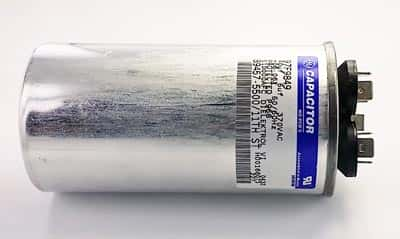Radar measures the distance of an object by bouncing bursts of high frequency waves from the surface of the object and sensing the time it takes the echo to return. Pulse Ranging Technology or PRT sensors use a similar technique, but instead of using radio waves, they use bursts of light. The sensor emits bursts of light that travel to the object, bounce off its surface and return to the sensor. A processor in the sensor measures the time of flight of the light pulse and calculates the distance to the object.
PRT sensors emit light pulses of high-intensity at rates of 250 thousand pulses every second. The delay between the emission of light and its recapture increases with distance. Distances can also be measured by sensing the difference in phase shift of the reflected light from other types of photoelectric time of fight sensors that emit continuous light beams. The returning beam of light undergoes a change of phase because of reflection, and the difference in phase is a measure of the distance travelled by the light beam. However, a PRT sensor is superior in performance to other types of sensors.
Since a PRT sensor uses a pulsed laser diode, higher currents can be pumped into the laser source, resulting in light of higher intensity as compared to sources emitting continuous light. Light from a PRT sensor can be up to a thousand times more intense than that from other sources, which means they can easily detect objects further than 300 m.
High intensity light pulses from PRT sensors are not harmful to eyes. Although the light is intense, PRT sensors are off for longer periods that they are on. Therefore, in reality, PRT sensors emit very low power at any time compared to sensors sending out continuous light beams. In the market there are several PRT sensors certified as Class 1 laser products or “eye-safe.”
As pulsed light is easy to differentiate, PRT sensors are immune to other nearby photoelectric sensors, lighting and even sunlight. While sensing pulsed light, the PRT sensors can eliminate interference and crosstalk. On the other hand, sensors that use continuous light beams find light from stray sources often interfering with their readings.
PRT sensors are very useful in measuring continuously changing positions of the target. For example, they can monitor the stack height of metals; check if a container has been filled up to a specified height; and position a load or a product properly. They are good in preventing collisions of cranes, gantry and conveyors. Some PRT sensors can convert the distance measurement to streams of binary digits via Profibus, Ethernet or IO-Link, while some can output analog signals as well.
PRT sensors are useful not only for distance measurements, but also for detecting the presence/absence of objects. For example, they can verify rack occupancy in warehouses, detect stacks or panels within a defined window, tell when spools or rolls are either empty or full and check the height of a forklift truck. Moreover, designers can set the range at which the sensor will start detecting objects.

